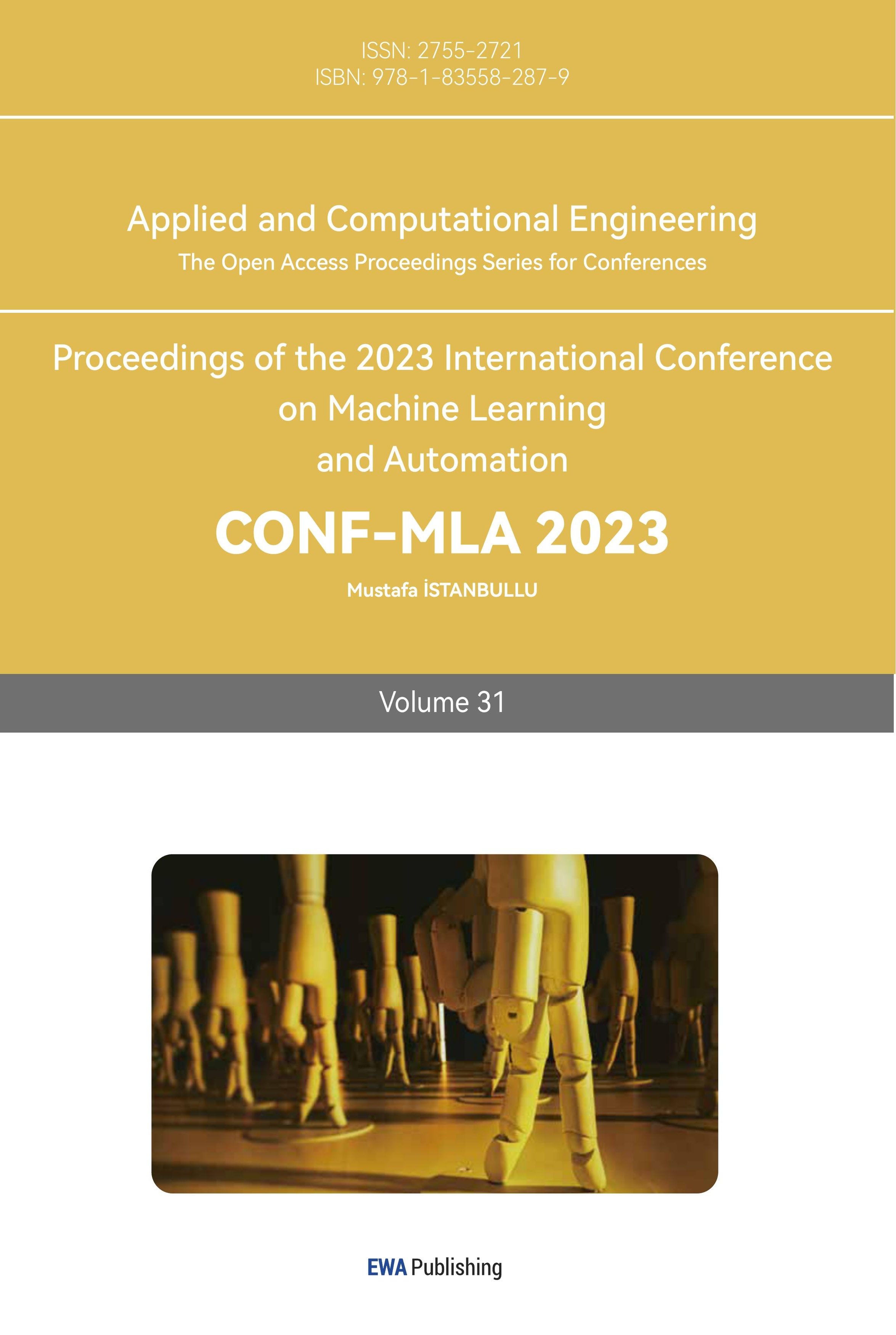References
[1]. Miklja, Z., Pasternak, A., Stallard, S., Nicolaides, T., Kline-Nunnally, C., Cole, et al. (2019). Molecular profiling and targeted therapy in pediatric gliomas: review and consensus recommendations. Neuro-oncology, 21(8), 968-980.
[2]. Youssef, G., & Miller, J. J. (2020). Lower grade gliomas. Current neurology and neuroscience reports, 20, 1-9.
[3]. Komori, T. (2022). Grading of adult diffuse gliomas according to the 2021 WHO Classification of Tumors of the Central Nervous System. Laboratory Investigation, 102(2), 126-133.
[4]. Mair, M. J., Geurts, M., van den Bent, M. J., & Berghoff, A. S. (2021). A basic review on systemic treatment options in WHO grade II-III gliomas. Cancer treatment reviews, 92, 102124.
[5]. Zhuge, Y., Ning, H., Mathen, P., Cheng, J. Y., Krauze, A. V., Camphausen, K., & Miller, R. W. (2020). Automated glioma grading on conventional MRI images using deep convolutional neural networks. Medical physics, 47(7), 3044-3053.
[6]. Montavon, G., Samek, W., & Müller, K. R. (2018). Methods for interpreting and understanding deep neural networks. Digital signal processing, 73, 1-15.
[7]. Wang, Z., Jensen, M. A., & Zenklusen, J. C. (2016). A practical guide to the cancer genome atlas (TCGA). Statistical Genomics: Methods and Protocols, 111-141.
[8]. Azmi, S. S., & Baliga, S. (2020). An overview of boosting decision tree algorithms utilizing AdaBoost and XGBoost boosting strategies. Int. Res. J. Eng. Technol, 7(5), 6867-6870.
[9]. LeCun, Y., Bengio, Y., & Hinton, G. (2015). Deep learning. nature, 521(7553), 436-444.
[10]. Mathew, A., Amudha, P., & Sivakumari, S. (2021). Deep learning techniques: an overview. Advanced Machine Learning Technologies and Applications: Proceedings of AMLTA 2020, 599-608.
Cite this article
Chai,Y.;Wang,Y.;Xue,W. (2024). Deep learning-based glioma grading and feature visualization analysis. Applied and Computational Engineering,31,296-302.
Data availability
The datasets used and/or analyzed during the current study will be available from the authors upon reasonable request.
Disclaimer/Publisher's Note
The statements, opinions and data contained in all publications are solely those of the individual author(s) and contributor(s) and not of EWA Publishing and/or the editor(s). EWA Publishing and/or the editor(s) disclaim responsibility for any injury to people or property resulting from any ideas, methods, instructions or products referred to in the content.
About volume
Volume title: Proceedings of the 2023 International Conference on Machine Learning and Automation
© 2024 by the author(s). Licensee EWA Publishing, Oxford, UK. This article is an open access article distributed under the terms and
conditions of the Creative Commons Attribution (CC BY) license. Authors who
publish this series agree to the following terms:
1. Authors retain copyright and grant the series right of first publication with the work simultaneously licensed under a Creative Commons
Attribution License that allows others to share the work with an acknowledgment of the work's authorship and initial publication in this
series.
2. Authors are able to enter into separate, additional contractual arrangements for the non-exclusive distribution of the series's published
version of the work (e.g., post it to an institutional repository or publish it in a book), with an acknowledgment of its initial
publication in this series.
3. Authors are permitted and encouraged to post their work online (e.g., in institutional repositories or on their website) prior to and
during the submission process, as it can lead to productive exchanges, as well as earlier and greater citation of published work (See
Open access policy for details).
References
[1]. Miklja, Z., Pasternak, A., Stallard, S., Nicolaides, T., Kline-Nunnally, C., Cole, et al. (2019). Molecular profiling and targeted therapy in pediatric gliomas: review and consensus recommendations. Neuro-oncology, 21(8), 968-980.
[2]. Youssef, G., & Miller, J. J. (2020). Lower grade gliomas. Current neurology and neuroscience reports, 20, 1-9.
[3]. Komori, T. (2022). Grading of adult diffuse gliomas according to the 2021 WHO Classification of Tumors of the Central Nervous System. Laboratory Investigation, 102(2), 126-133.
[4]. Mair, M. J., Geurts, M., van den Bent, M. J., & Berghoff, A. S. (2021). A basic review on systemic treatment options in WHO grade II-III gliomas. Cancer treatment reviews, 92, 102124.
[5]. Zhuge, Y., Ning, H., Mathen, P., Cheng, J. Y., Krauze, A. V., Camphausen, K., & Miller, R. W. (2020). Automated glioma grading on conventional MRI images using deep convolutional neural networks. Medical physics, 47(7), 3044-3053.
[6]. Montavon, G., Samek, W., & Müller, K. R. (2018). Methods for interpreting and understanding deep neural networks. Digital signal processing, 73, 1-15.
[7]. Wang, Z., Jensen, M. A., & Zenklusen, J. C. (2016). A practical guide to the cancer genome atlas (TCGA). Statistical Genomics: Methods and Protocols, 111-141.
[8]. Azmi, S. S., & Baliga, S. (2020). An overview of boosting decision tree algorithms utilizing AdaBoost and XGBoost boosting strategies. Int. Res. J. Eng. Technol, 7(5), 6867-6870.
[9]. LeCun, Y., Bengio, Y., & Hinton, G. (2015). Deep learning. nature, 521(7553), 436-444.
[10]. Mathew, A., Amudha, P., & Sivakumari, S. (2021). Deep learning techniques: an overview. Advanced Machine Learning Technologies and Applications: Proceedings of AMLTA 2020, 599-608.









